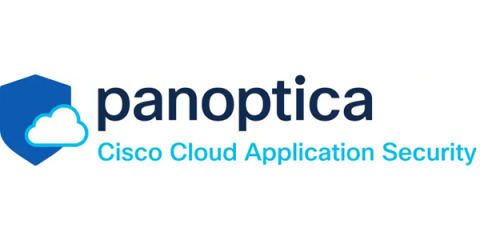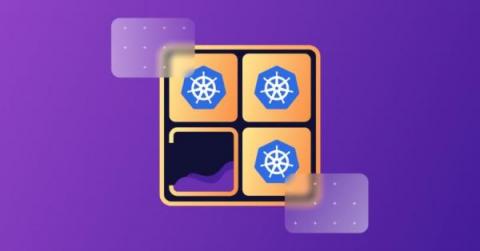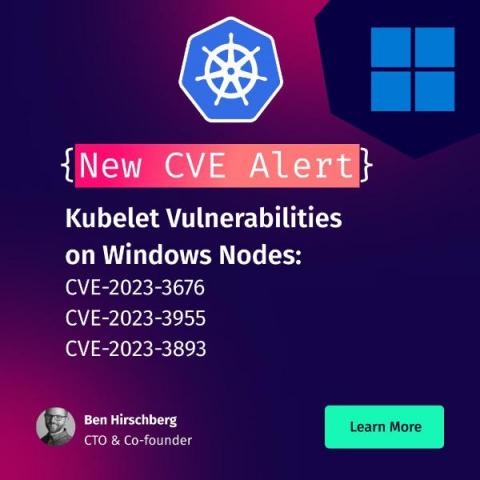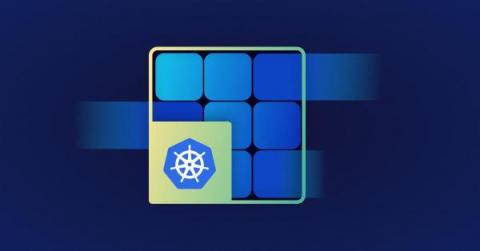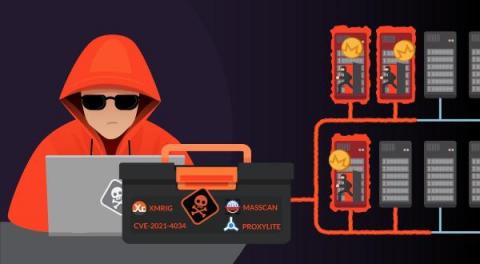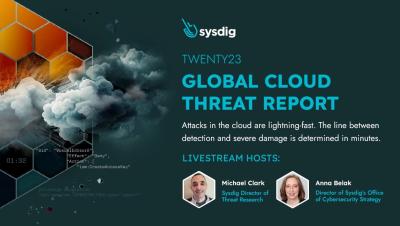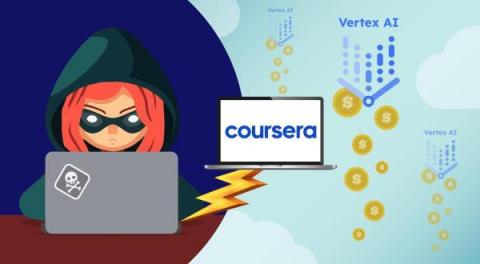Security | Threat Detection | Cyberattacks | DevSecOps | Compliance
Containers
Using JLink to create smaller Docker images for your Spring Boot Java application
Containers bring new flexibility and agility to software development and deployment. However, they also introduce a new attack surface that malicious actors can exploit. A compromised container can give an attacker access to other containers and even the host system. Smaller images that contain fewer artifacts are already a great help in achieving a smaller attack surface.
Introducing Infra as Code Security in The GitGuardian Platform
Kubelet vulnerabilities on Windows nodes: CVE-2023-3676, CVE-2023-3955 and CVE-2023-3893
Securing Kubernetes in multi-cloud environments: challenges and best practices
Best practices for building a production-ready Dockerfile for PHP applications
Docker is a containerization platform for bundling your code, dependencies, and runtime environment into self-contained units that run identically in different environments. Dockerizing a PHP application simplifies deployment by packaging the PHP runtime, a web server, and your source code and composer dependencies into a container. Getting started with Docker is easy. However, there are a few pitfalls you need to avoid before you can safely use it in production.
LABRAT: Stealthy Cryptojacking and Proxyjacking Campaign Targeting GitLab
The Sysdig Threat Research Team (TRT) recently discovered a new, financially motivated operation, dubbed LABRAT. This operation set itself apart from others due to the attacker’s emphasis on stealth and defense evasion in their attacks. It is common to see attackers utilize scripts as their malware because they are simpler to create. However, this attacker chose to use undetected compiled binaries, written in Go and.NET, which allowed the attacker to hide more effectively.
Combatting Cloud Threats: The Accelerated Attack Speed of 2023 (LIVE)
Kubernetes 1.28: the security perspective
Google's Vertex AI Platform Gets Freejacked
The Sysdig Threat Research Team (Sysdig TRT) recently discovered a new Freejacking campaign abusing Google’s Vertex AI platform for cryptomining. Vertex AI is a SaaS, which makes it vulnerable to a number of attacks, such as Freejacking and account takeovers. Freejacking is the act of abusing free services, such as free trials, for financial gain. This freejacking campaign leverages free Coursera courses that provide the attacker with no-cost access to GCP and Vertex AI.


